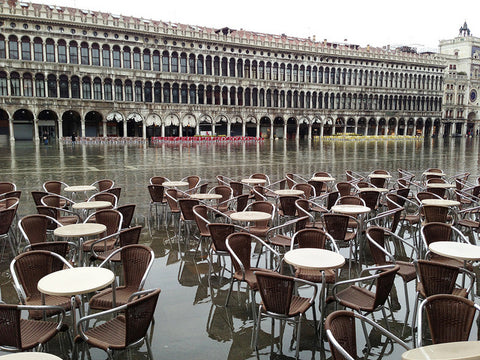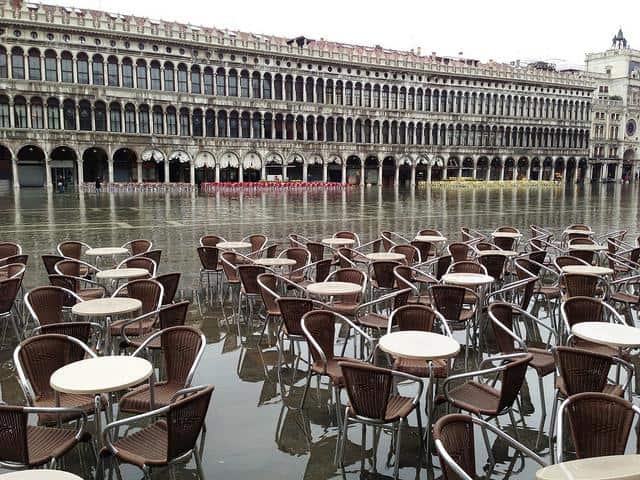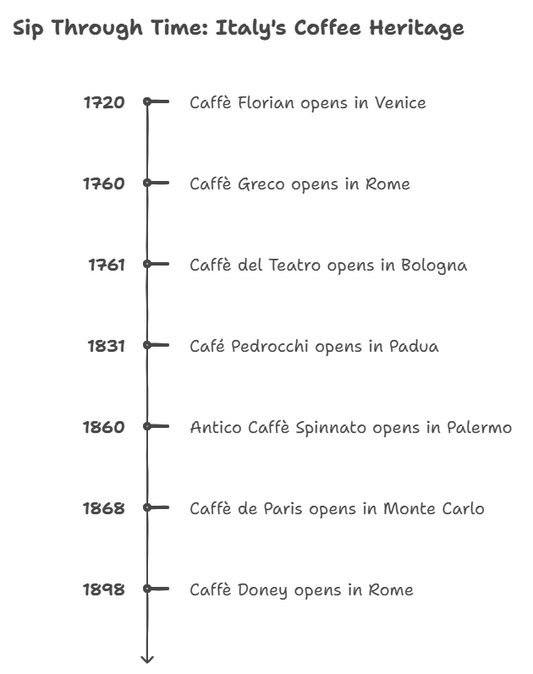Venice's canal has an average depth of 16.5 ft (five meters) with a maximum depth of 164ft (50m). It is 2.36 miles (3.8 km) long, and 98 ft to 295 ft (30 to 90 m) wide.
The Grand Canal, forms one of the major water-traffic corridors in the city with one end of the canal leading into the lagoon near the Santa Lucia railway station and the other end leads into the basin at San Marco; in between, it makes a large reverse-S shape through the central districts of Venice.

From Forbes, research by the Italian Institute for Marine Research (Ismar-Cnr) and the Italian Navy using echolocation technology found the maximum depth in the Venetian Lagoon was fifty meters (164 ft) below sea level.
Is Venice Built On Stilts?
The wood does not rot as it is not exposed to oxygen when it is submerged in the water and mud. The wood becomes hardened like a stone-like structure due to the crystallization of mineral in the mineral-rich water passing through it.
Why Is Venice Built On Water?
Is Venice Sinking Or Is The Water Rising?
However, in a 2010s study using GPS and InSAR analysis, a team used data from 2000 to 2010 and found the city of Venice was subsiding on average about 1 to 2 millimeters a year (0.04 to 0.08 inches per year). The patches of land in Venice's lagoon (117 islands in all) are also sinking, with northern sections of the lagoon dropping at a rate of 2 to 3 mm (0.08 to 0.12 inches) per year, and the southern lagoon subsiding at 3 to 4 mm (0.12 to 0.16 inches) per year.
In the past two decades, the volume of motor-powered traffic on Venice’s canals has doubled. The foundations of more than 60% of the buildings on the Grand Canal have been damaged by the wash from the waterbuses and barges, and the situation has worsened since Venice became one of the Mediterranean’s biggest ports for cruise ships. Since 2015, giant ships of more than 95,000 tonnes have been banned.
Will Venice Really Sink?
How Long Does It Take For Venice To Sink?
How Many Times Has Venice Flooded?
The peak level was the highest reached since December 2008, according to Venice statistics. Exceptionally high tides in Venice occurs once every four years, on average. However minor flooding in the city happens around four times a year and usually within the winter months.
Conclusion
Venice is definitely a unique city closely related to water. Tourism has been a double-edged sword and hopefully, the water problem can be resolved faster than later before Venice sinks too deep affecting Venice Life.




